Room by Room: Rug Selection Guide for Every Space in Your Home

There are so many factors to consider when selecting an area rug for your living room, dining room, bedroom, or entryway that keeping track of them all can be challenging. Your mind will spin with all the maintenance, measurements, construction, shapes, and styles involved.
Never fear because we are here to help you choose the perfect rug for every area in your house by taking you room by room and offering professional advice and easy-to-follow home décor instructions.
Size is important when adding an area rug to your house; style and quality aren’t the only considerations. Choosing the incorrect size rug for your area might detract from all the other effort you put into making your space look perfect and make your home’s design appear less planned and unified.
Living Room
Size
-
The living room often requires the largest rug in your home. The ideal size should allow all major pieces of furniture to sit on the rug. If this isn’t possible, aim for at least the front legs of the sofa and chairs to be on the rug. Common sizes range from 8x10 to 9x12 feet. .
-
For smaller living rooms, a a 5x8 or 6x9 rug may suffice, but ensure it’s proportionated to your space.
Material
-
Wool is an excellent choice for living rooms due to its durability, softness, and stain resistance.
-
Synthetic fibres like nylon or polyester are good alternatives, offering resilience and easier maintenance.
Design
- Opt for patterns or colours that complement your existing décor. Neutral tones create a versatile backdrop, while bold designs can make a statement.
- Consider the room’s colour palette. If your furniture and walls are neutral, a vibrant rug can add a pop of colour. Conversely, a more subdued rug can balance out colourful decor.
Dining Room
Size
- The rug should be large enough to accommodate the dining table and chairs. A good rule of thumb is to have at least 24 inches extending beyond the table on all sides to ensure that chairs remain on the rug even when pulled out. Typical sizes are 8x10 or 9x12 feet, depending on your table size.
Material
- Choose a durable, easy-to-clean material, as the dining room is prone to spills and stains. Wool is durable and cleanable, but synthetic options like polypropylene are excellent for their stain-resistant properties.
Design
- Patterned rugs are ideal for dining rooms as they can mask spills and stains.
- Ensure the rug’s design harmonises with your home décor. A traditional dining room may benefit from an Oriental or Persian rug, while a contemporary space might suit a geometric or abstract design.
Bedroom
Size
-
The rug should extend beyond the bed, creating a cosy area underfoot. An 8x10 or 9x12 rug is appropriate for a king-size bed, while 6x9 or 8x10 can work for queen beds.
-
Smaller rugs on either side of the bed can also be an option, especially in smaller rooms.
Material
-
Soft, plush materials like wool or a high-pile synthetic are ideal for comfort.
-
If you have allergies, consider hypoallergenic options like certain types of synthetic fibres.
Design
- A calm, a neutral rug can create a serene atmosphere, while a colourful or patterned rug can add personality to the bedroom.
- Consider the overall decor theme. For example, a Bohemian-style bedroom might benefit from a vintage or Moroccan rug, while a minimalist room could use a simple, monochrome design.
Nursery
Size
-
The rug should provide a soft, comfortable area for play. Common sizes are 5x8, 6x9, or even wall-to-wall carpeting.
-
Ensure the rug covers a significant portion of the floor to create a safe play area.
Material
-
Soft, hypoallergenic materials are ideal. Wool is a good option, but synthetic materials like nylon or polypropylene can be easier to clean.
-
Look for rugs that are stain-resistant and durable.
Design
- Choose fun, colourful designs that stimulate the senses and complement the room's theme.
- Educational or playful patterns, like maps or animals, can add an extra element of interest for children
Entryway
Size
- The rug should be large enough to define the entry space and accommodate foot traffic. Common sizes are 3x5, 4x6, or runners.
- Ensure the rug allows the door to open and close easily without catching.
Material
- Durability and ease of cleaning are crucial due to high foot traffic and exposure to dirt and moisture. Materials like coir, sisal, or synthetic fibres are ideal.
- Consider indoor-outdoor rugs for their resilience and easy maintenance.
Design
- Choose a design that sets the tone for your home’s interior. Patterns and darker colours can better hide dirt, while light colours can create a welcoming feel.
- Match the rug style to your home’s overall aesthetic, whether traditional, contemporary, or eclectic.
By choosing the correct rug size and type, any room in your house can become comfier and more fashionable. Thinking through your wants and preferences while redesigning any space, be it the kitchen, dining room, living room, or bedroom, will ensure a more satisfactory outcome.
Always choose materials that are appropriate for your lifestyle and level of maintenance, and experiment with different styles to discover the ideal match for your home décor.
Whether you are looking for a statement piece for your living room or a soft and comforting rug for your bedroom, The Rugs has it all.
How to choose the correct rug?
Choosing the correct rug involves considering size, material, and style. Measure your space and furniture arrangement to determine the appropriate size. Consider the room's function and traffic to select a suitable material. Choose a style and color that complements your existing decor. Don't forget to factor in your budget and maintenance preferences when making the final decision.
How do I choose a rug that matches?
To choose a matching rug, start by identifying the dominant colors in your room. Look for a rug that incorporates these colors or complements them. Consider the room's style - whether it's modern, traditional, or eclectic - and choose a rug pattern that aligns with this aesthetic. Remember, a rug doesn't have to match perfectly; it should harmonize with the overall design scheme.
Should a rug be darker or lighter than the floor?
The choice between a darker or lighter rug depends on your design goals. A lighter rug can brighten a space and make it feel larger, while a darker rug can add coziness and ground the room. Generally, aim for some contrast with your floor for visual interest. Consider the room's lighting and other furnishings when making this decision.
Should a rug match the sofa or walls?
A rug doesn't need to match the sofa or walls exactly, but it should complement them. If your sofa and walls are neutral, a patterned or colorful rug can add visual interest. For bold sofas or walls, consider a more subdued rug to balance the space. The key is to create a cohesive look that ties the room together without being overly matchy.
Should my rug be bigger than my sofa?
Yes, your rug should generally be bigger than your sofa. A good rule of thumb is to have the rug extend at least 6 inches beyond each side of the sofa. This creates a more cohesive look and helps define the seating area. In larger rooms, aim for even more coverage, with all furniture legs resting on the rug for a unified appearance.
How can you tell if a rug is good quality?
To assess rug quality, examine the density of knots or weave. A higher density typically indicates better quality. Check the rug's backing - it should be sturdy and well-finished. Natural fibers like wool or silk often signify quality. For machine-made rugs, look for even patterns and secure edges. A good quality rug should feel substantial and lie flat without curling at the edges.
What shape rug is best?
The best rug shape depends on your room layout and furniture arrangement. Rectangular rugs are versatile and suit most spaces. Round rugs work well in small areas or under round tables. Square rugs can define conversation areas in large rooms. Consider the shape of your room and major furniture pieces when choosing - the rug shape should complement these elements for a harmonious look.
Should 2 rugs in the same room match?
Two rugs in the same room don't need to match exactly, but they should coordinate. Choose rugs with complementary colors or patterns that share a common element. Consider using rugs of different sizes or shapes to create visual interest. The key is to ensure the rugs work together to create a cohesive look rather than competing for attention.
How do you pick up a rug?
To pick up a rug safely, start by rolling it tightly from one end. For larger rugs, enlist help to avoid strain. Lift from the bottom, keeping your back straight and using your leg muscles. For storage or moving, secure the rolled rug with straps or rope. If the rug is particularly large or valuable, consider professional moving services to ensure its safety.
What color rug makes a room look bigger?
Light-colored rugs generally make a room look bigger. Cream, beige, or light gray rugs can create an illusion of more space by reflecting light. However, the rug's pattern also plays a role - large-scale patterns or solid colors tend to expand the perceived space more than small, busy patterns. Consider the room's overall color scheme when choosing a rug to maximize the spacious effect.
How to pick rug color?
To pick a rug color, start by considering your room's color palette. Look for colors that complement or contrast with your existing furnishings. If your room has neutral tones, a colorful rug can add vibrancy. For rooms with bold colors, a more subdued rug can balance the space. Consider the mood you want to create - warm colors like reds and oranges add coziness, while cool blues and greens can be calming.
Is a heavier rug better?
A heavier rug is often better quality and more durable. Weight can indicate denser fibers or a higher knot count, which typically means better wear resistance and longevity. Heavier rugs also tend to lay flatter and stay in place better. However, weight isn't the only factor - consider the rug's intended use, the quality of materials, and construction method when assessing overall quality.
What is the rug rule for sofas?
The rug rule for sofas states that at least the front legs of all seating furniture should be on the rug. For a more luxurious look, all legs of the sofa and chairs should sit entirely on the rug. This rule helps create a defined seating area and ensures visual cohesion. The rug should extend 18-24 inches beyond the sofa on all sides when possible, but in smaller spaces, 6-8 inches can suffice.
How do you choose the right rug?
Choosing the right rug involves considering size, style, material, and function. Measure your space and determine the appropriate rug size for your furniture arrangement. Consider the room's style and choose a rug that complements it. Think about the room's function and select a material that can withstand the expected traffic and use. Don't forget to factor in your budget and maintenance preferences. Lastly, choose a color and pattern that ties your space together.
What color rug goes with dark room?
For a dark room, consider a rug in lighter, brighter tones to add contrast and lift the space. Cream, light gray, or pastel shades can help brighten the room. Alternatively, a rug with a light background and darker pattern can tie in with the room's dark elements while still adding lightness. Metallic accents in the rug can also help reflect light and add brightness to a dark space.
What type of rug is best for a living room?
The best type of rug for a living room depends on your lifestyle and design preferences. Wool rugs are durable and naturally stain-resistant, making them great for high-traffic areas. Synthetic fibers like polypropylene or nylon offer affordability and easy maintenance. For a luxurious feel, consider silk or viscose blends. Choose a rug with a pile height that suits your needs - low pile for easy cleaning, higher pile for a plush feel.
How should a rug look under a sofa?
A rug under a sofa should create a cohesive seating area. Ideally, the rug should extend 6-12 inches beyond the sofa on all sides. At minimum, the front legs of the sofa and other seating should rest on the rug. For a more luxurious look, have all furniture legs on the rug. In large rooms, ensure the rug is large enough to accommodate all seating furniture. The rug should be centered in the seating arrangement to create a balanced look.
Is it better to have a rug that's too big or too small?
It's generally better to have a rug that's too big rather than too small. A rug that's too small can make a room feel disjointed and can actually make the space appear smaller. A larger rug helps define the space, creates a cohesive look, and can make a room feel more expansive. However, avoid rugs so large that they touch the walls - aim to leave about 18 inches of floor space around the rug's edges for an ideal look.
How to tell a Turkish rug?
To identify a Turkish rug, look for distinctive patterns like geometric shapes, floral motifs, or the classic "Holbein" design. Turkish rugs often feature rich, warm colors like reds, blues, and golds. Check the knot type - Turkish rugs typically use the symmetrical Ghiordes knot. Look for natural materials like wool or silk. Authentic Turkish rugs often come with a certificate of origin. The fringe should be an extension of the rug's foundation, not sewn on separately.
How to value a Turkish rug?
Valuing a Turkish rug involves considering several factors:
- Age: Older rugs are generally more valuable.
- Material: High-quality wool or silk increases value.
- Knot density: Higher knot count often means higher value.
- Condition: Well-preserved rugs are more valuable.
- Rarity: Unique or rare designs can significantly increase value.
- Size: Larger rugs are typically more valuable.
For accurate valuation, consult a professional appraiser specializing in Oriental rugs. They can provide a detailed assessment based on these factors and current market trends
Related Blog Posts
Blogs
How To Guides for Home Owners
Related Rug Collections
Rugs
Rugs by Room
Living Room Rugs
Runner Rugs
Bedroom Rugs
Kitchen Rugs
Nursery Rugs





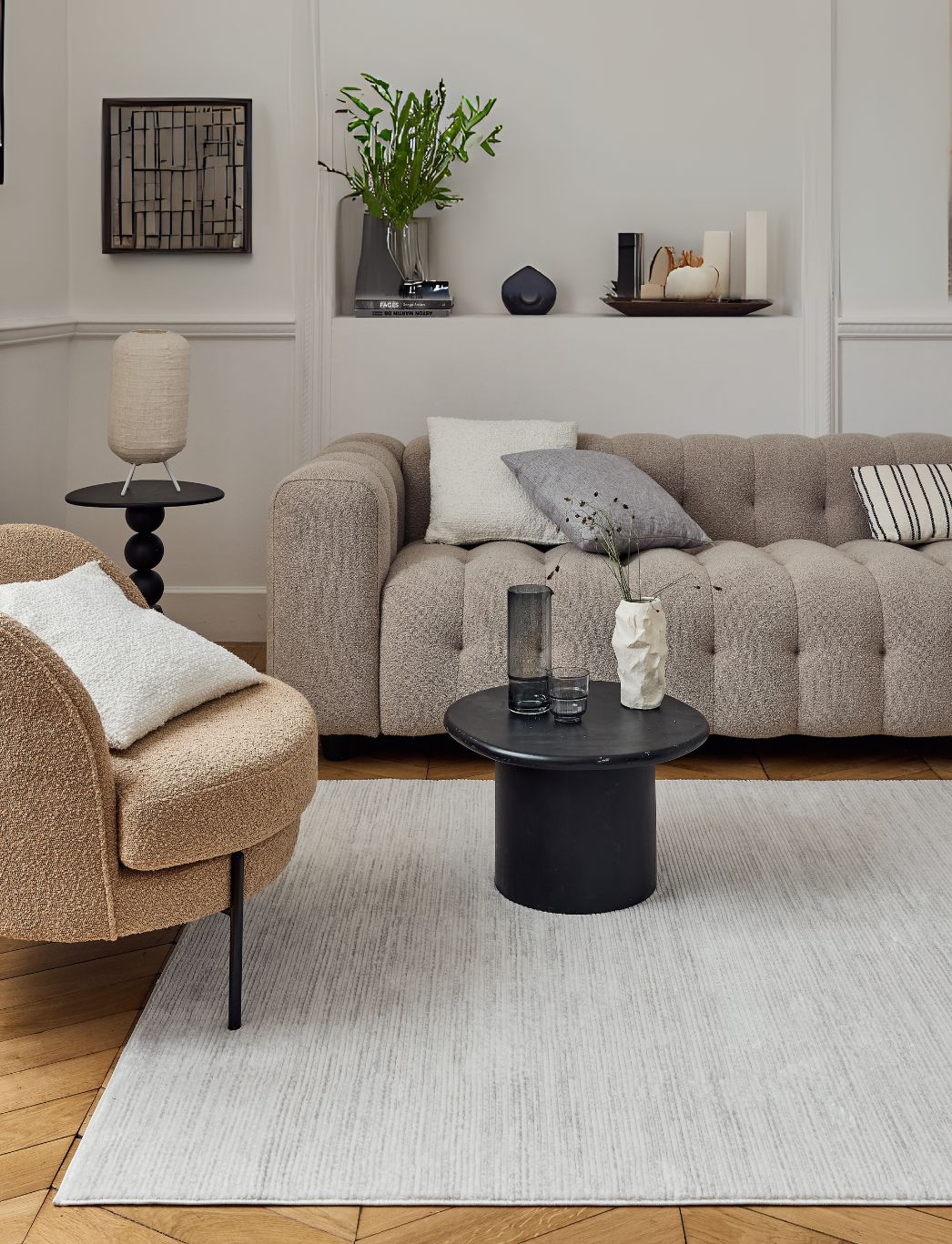
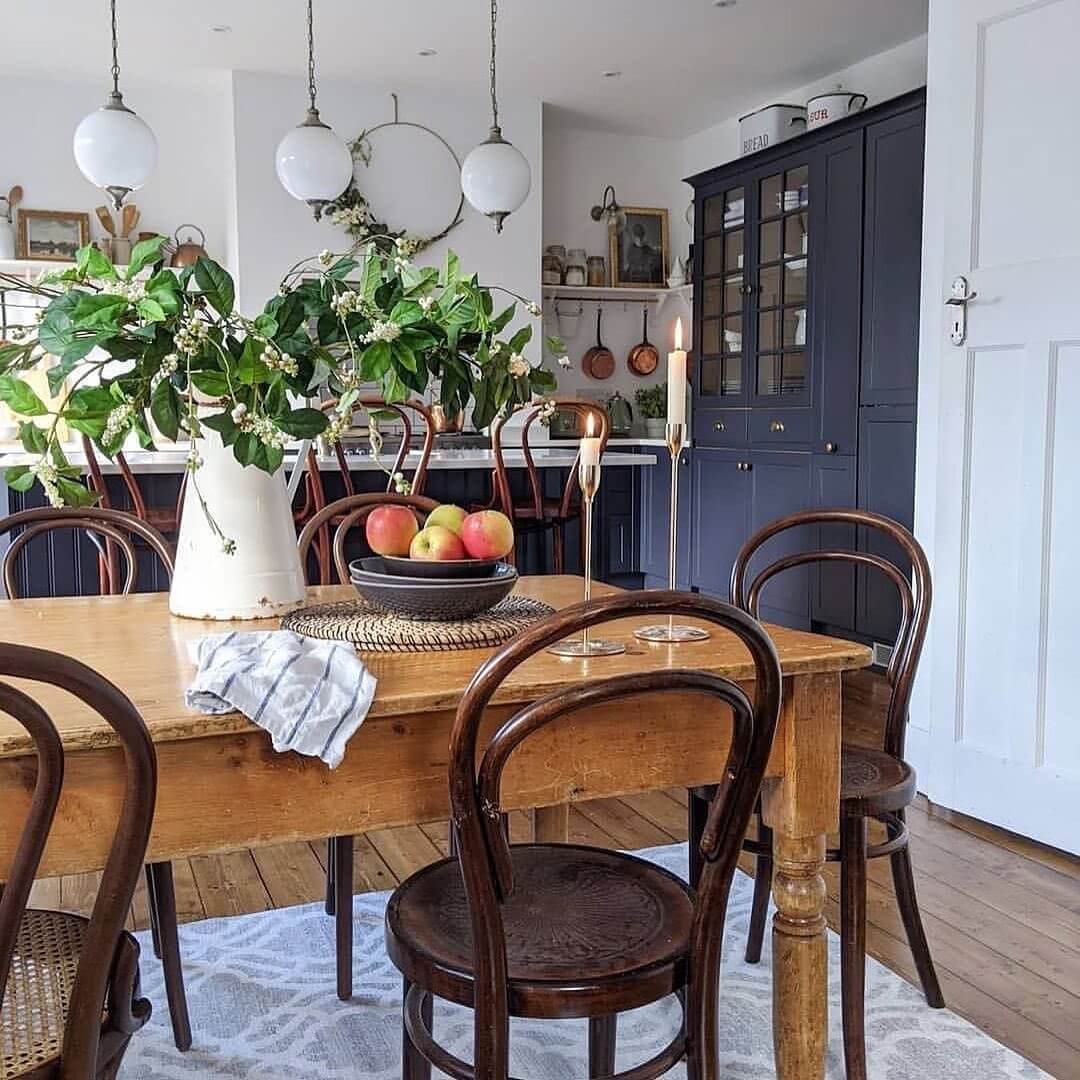
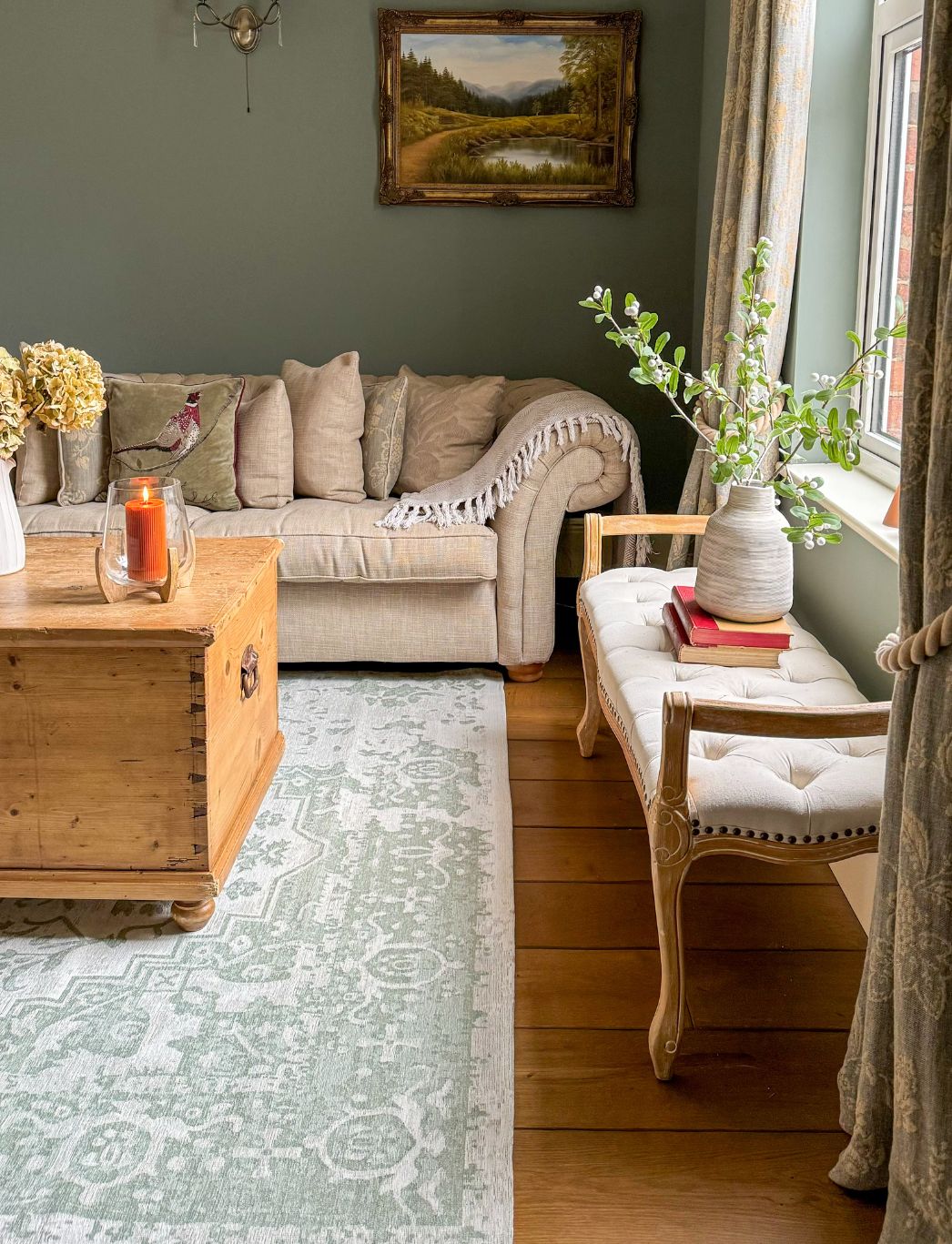
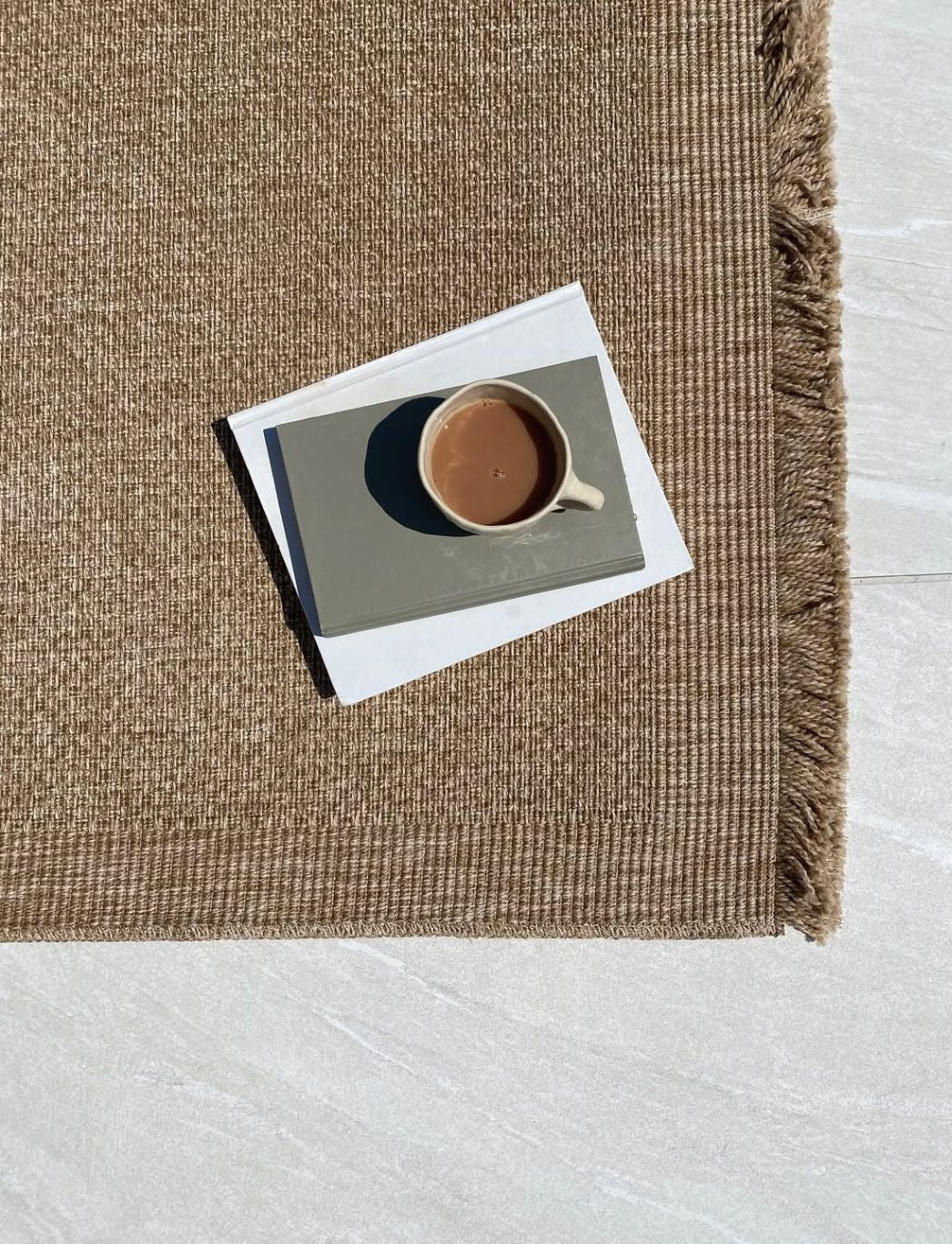
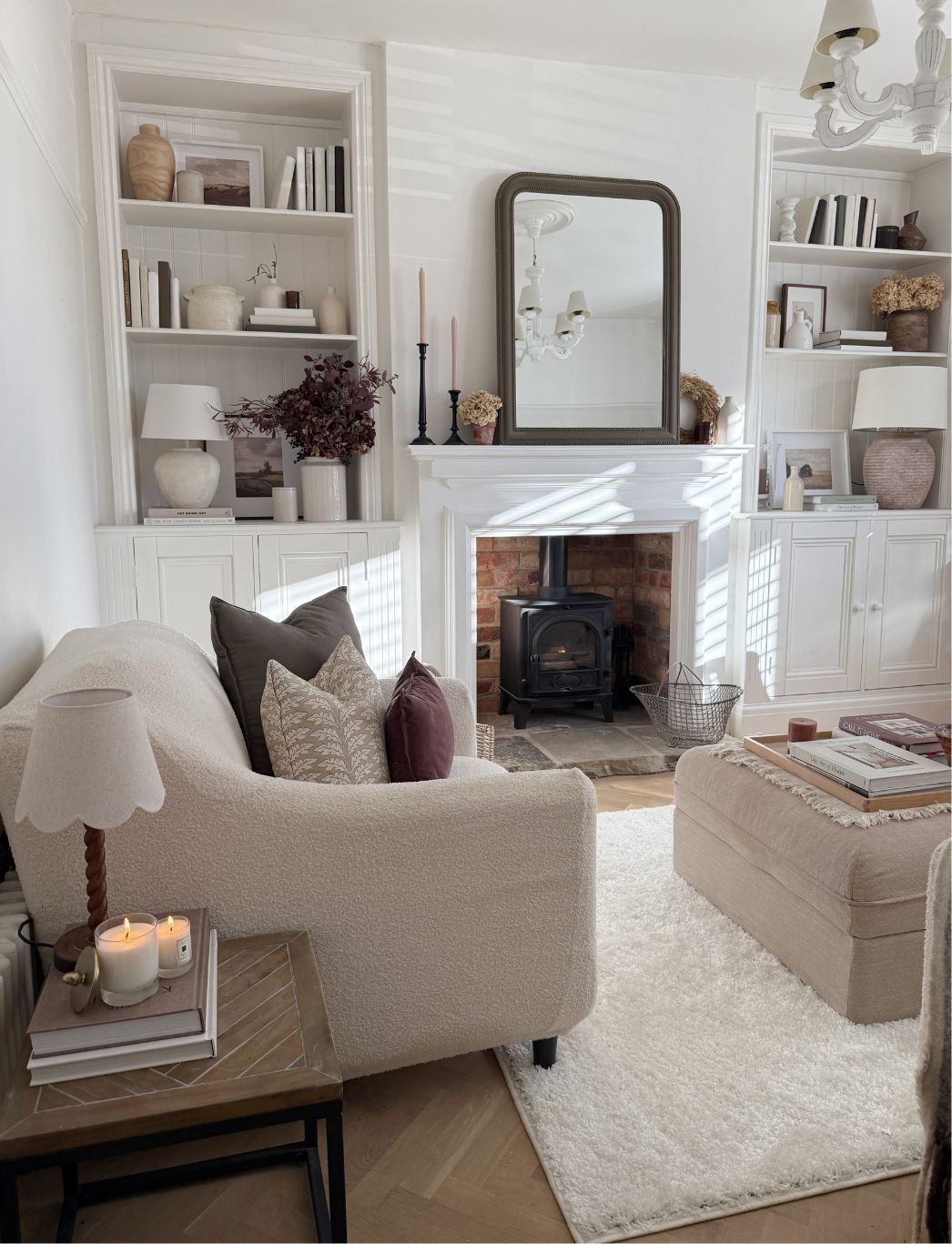
Leave a comment